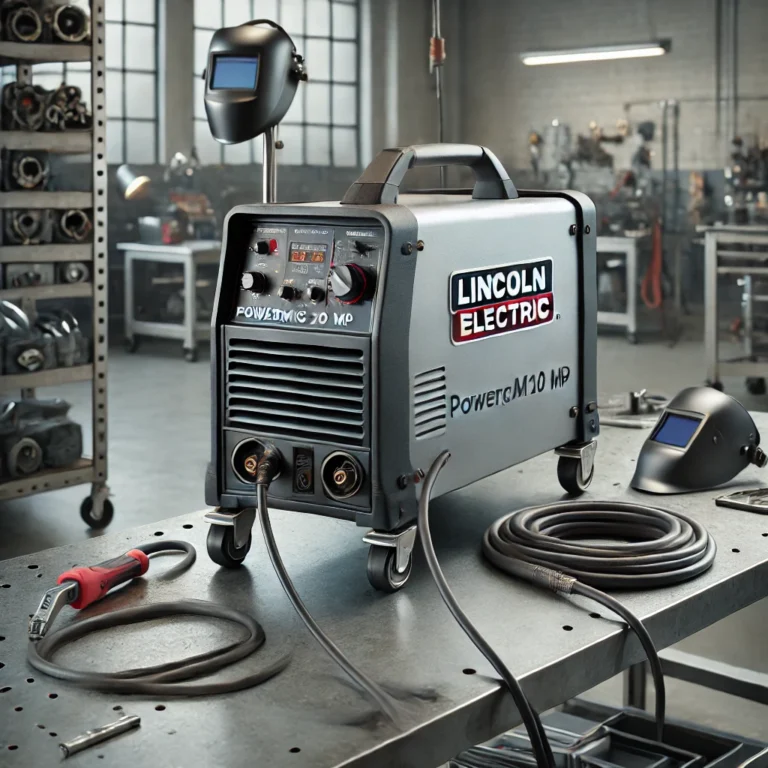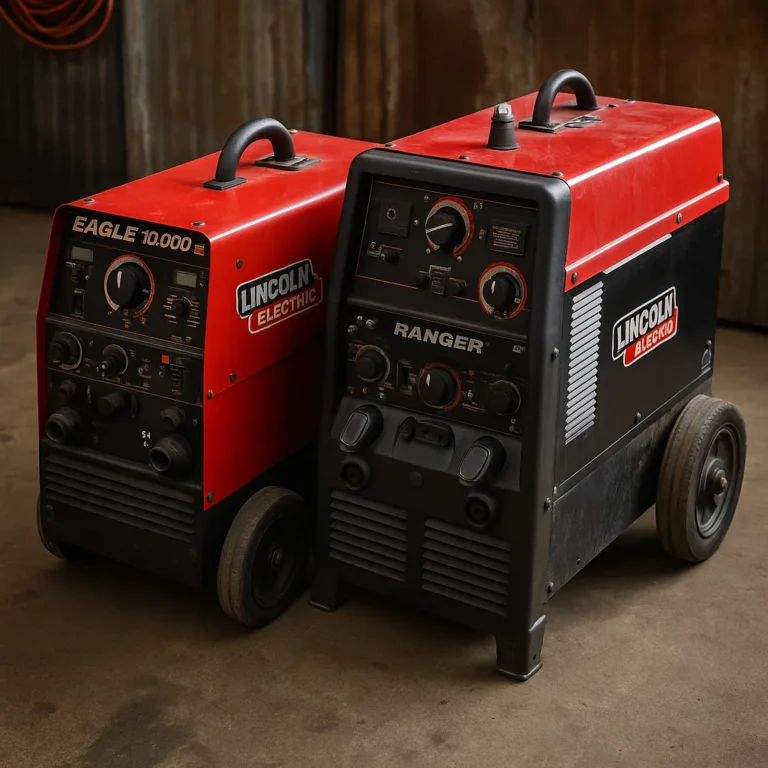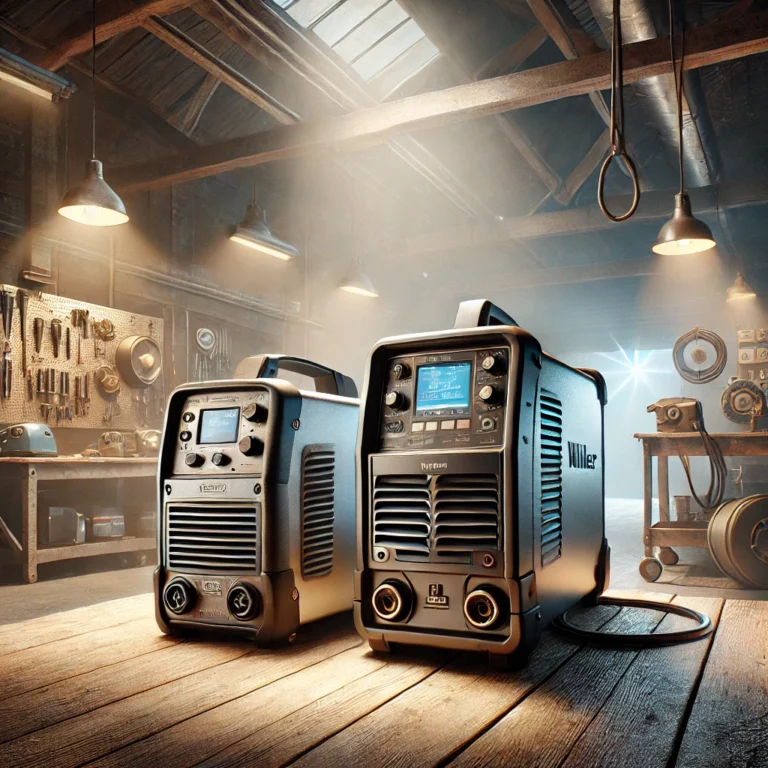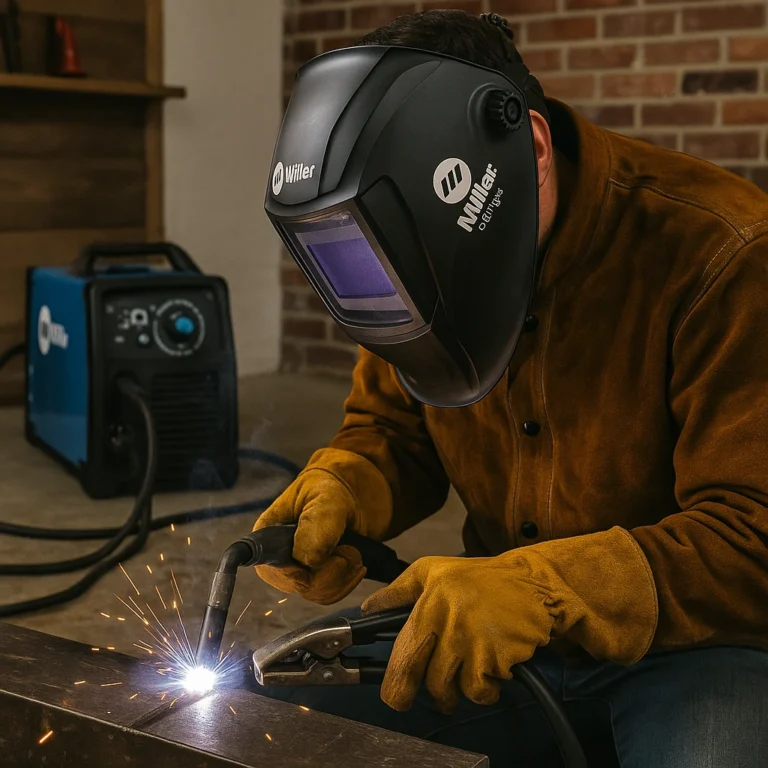Beginner Welding Kits – Real Gear Picks That Help You Start Welding Right
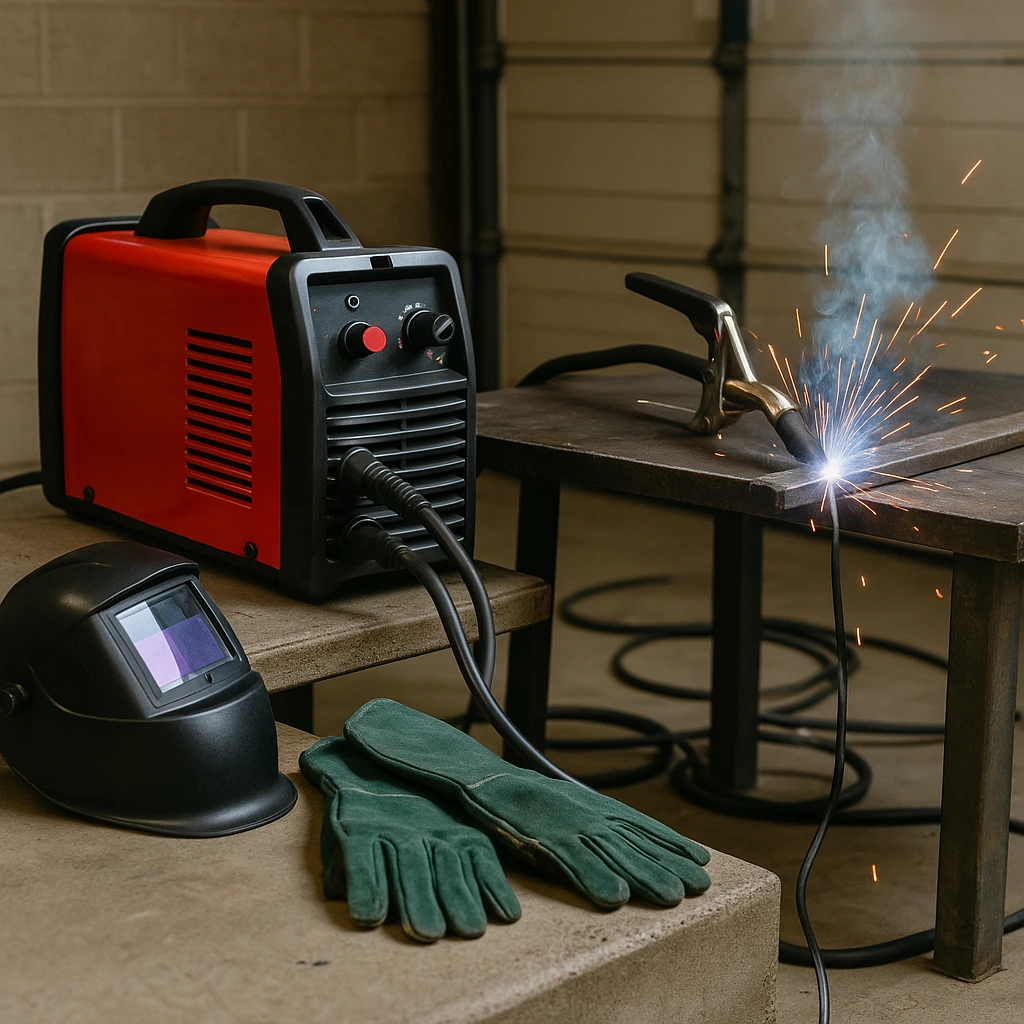
Disclosure: This post contains affiliate links. As an Amazon Associate, I earn from qualifying purchases—at no extra cost to you.
Last Updated: August 5, 2025
Welding for the first time? You don’t need a pile of expensive gear—you need the right gear that’ll actually help you get started safely and comfortably. Whether you’re fixing up gear in the garage or finally ready to run your first beads, a solid beginner welding kit keeps you safe, lets you learn faster, and avoids the cheap stuff that’ll let you down.
If you’re still getting your gear list together, take a look at our essential welding tools guide—it’s built from the ground up for home shops and weekend welders.
Choosing the Right Welder for the Job
Your machine is the core of your setup. What you’re welding—and what kind of power you’ve got—will guide your choice. Most beginner kits revolve around one of these:
| Welder Type | Best For | Pros | Cons |
|---|---|---|---|
| Stick (SMAW) | Outdoor jobs, dirty or rusty metal | Simple, portable, no gas needed | Slag cleanup, harder to master |
| MIG (GMAW) | Clean metals, auto body, general home use | Easy to learn, smooth welds | Requires shielding gas (or flux core wire) |
| TIG (GTAW) | Precision work, stainless, aluminum | Cleanest welds, detailed control | Steeper learning curve, expensive gear |
💡 If you’re working mostly on mild steel in the garage, a basic MIG welder that runs flux core wire is a great way to get started without buying gas bottles.
Safety Gear You Can’t Skip
The one place you shouldn’t cut corners is your safety gear. You’re dealing with heat, sparks, and light that’ll fry your eyes if you’re not protected.
Start with an auto-darkening helmet. Get one with an adjustable shade range—most welders prefer 9–13. Fast lens response means less strain, especially if you’re laying tack welds or planning to try TIG.
For gloves, heavier leather works well for stick and MIG. TIG calls for more dexterity, so thinner goatskin options give better feel.
A leather-sleeve jacket is great if you’re working heavy, but lightweight FR cotton jackets breathe better when it’s hot.
Boots should have solid toe protection and be rated for heat. If you’re around heavy steel, a pair with met guards isn’t overkill.
The right fit matters as much as the material. Good gear keeps you safe and makes welding more comfortable—especially on longer sessions.
Setting Up Your Welding Space
Even if your setup’s in the corner of a garage, it needs to be safe and functional. A few tweaks can make a huge difference.
Ventilation’s a must. Fumes from painted or galvanized metal can be nasty. If you can’t crack a door or window, get a fan moving the air.
Most beginner welders run fine on 110V, but if you’ve got a 220V outlet available, it opens the door to more capable machines later.
Use a steel table for your work surface. It won’t burn and makes grounding easier. Stay away from wood or plastic—they’re fire hazards and won’t last.
Make sure everything is grounded properly and keep a fire extinguisher close by. Sparks fly fast when you’re learning.
Tool Storage & Power Management
Once you’ve got your machine, cables, and consumables, storage becomes part of the deal. Staying organized keeps things safer and faster.
A small welding cart gives your setup mobility and a place for tools, cables, and a gas tank if you’re running one.
Magnetic holders come in handy for quick tacks and holding parts in place at angles. They save time when working solo.
Heavy-duty cords matter. Welding on a regular extension cord isn’t safe, and it can mess with your arc. Use cords rated for your welder’s amperage.
Keep a couple labeled bins for extra tips, wire, and rods. When you’re mid-job, you’ll want to grab spares without digging through clutter.
💡 Toss your welding tools in their own box—nothing worse than finding slag on your good pliers or sockets.
What’s Worth Spending More On?
You don’t have to buy the best of everything—but some upgrades make a real difference.
Spend a little extra on your helmet. A fast lens and good clarity make it easier to stay on the bead and reduce eye fatigue.
A reliable welder with smoother starts and better duty cycle is another smart investment. You’ll get more consistent welds, and the machine won’t kick out halfway through.
Higher-quality gloves hold up longer, stay flexible, and offer better protection. You’ll notice it as soon as things heat up.
You can save on the cart—it’s easy to make your own or repurpose something. You also don’t need every clamp or name-brand storage bin right away. Start simple and build as you go.
You’ll add tools as you go—but this setup gives you a solid start without the clutter.
FAQ – Beginner Welding Kits
Can I use a beginner welding kit outdoors?
Yes, but avoid MIG with gas in windy areas. Stick or flux core wire holds up better outside.
Are the safety gear items in kits usually any good?
Some are okay, but most are just placeholders. It’s smart to upgrade the helmet and gloves.
Can I run a TIG welder off a normal wall outlet?
Only if it’s a 110V model. Most TIG welders do better on 220V power.
What’s the best beginner welder type?
MIG with flux core is the easiest to start with. You’ll get cleaner welds and can skip the gas setup at first.
Conclusion
If you’re just starting out in welding—whether in a garage, barn, or backyard—a reliable beginner kit makes all the difference. Skip the flashy stuff and stick with gear that’s comfortable, safe, and easy to learn on. You’ll spend less time fixing problems and more time actually learning to weld.

